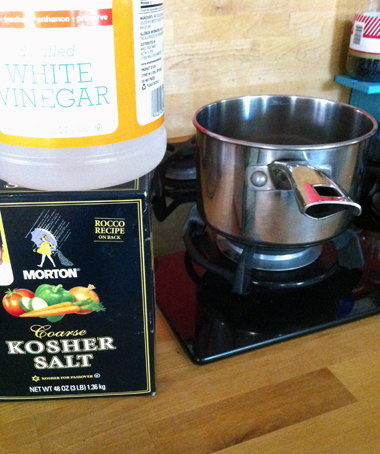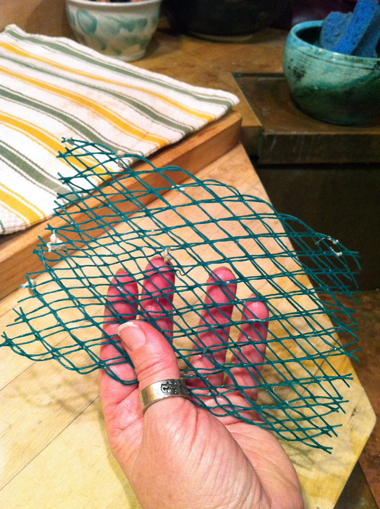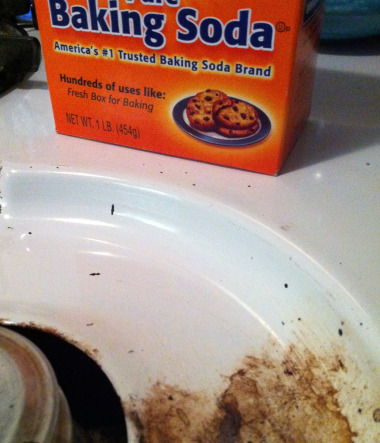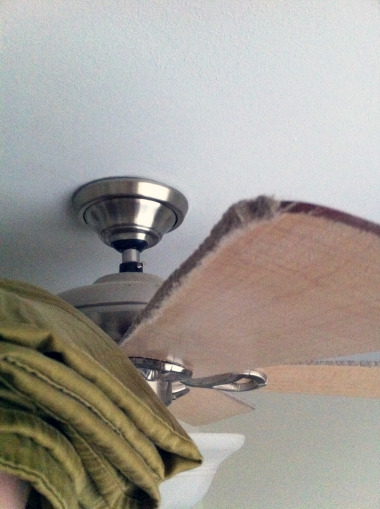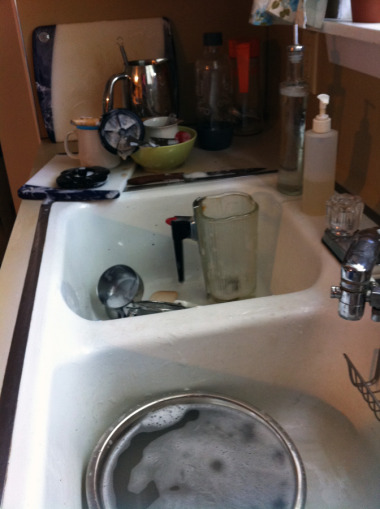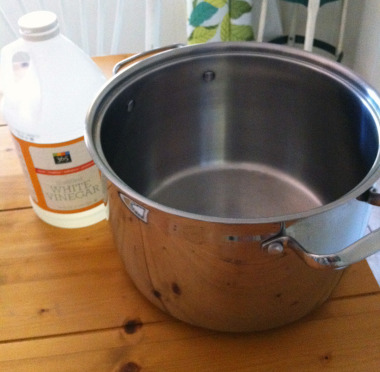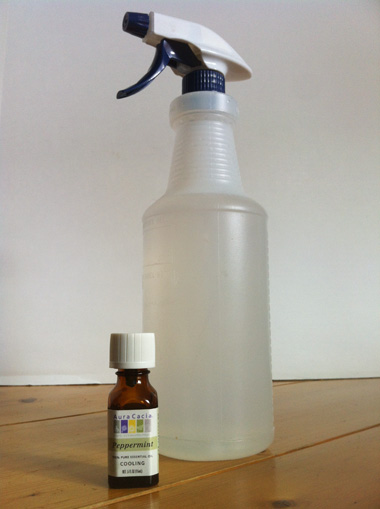
I share this hip trick with my Green Your Cleaning Supplies workshop attendees. Do you like the idea of cleaning with something non-toxic, but hate the smell of vinegar?
Peppermint essential oil to the rescue! Add about 10 drops of a pure essential oil (no synthetic fragrances or you’re defeating the purpose of non-toxic cleaning) to your half vinegar-half water spray bottle. Of all the essential oils I’ve tried, peppermint is one of the few that actually masks the odor of the acetic acid in vinegar. Not a mint fan, try clove or eucalyptus which are also strong oils.
Give a few sprays to your counter top, bathroom mirror, sticky floor and voila; you’re cleaning with a Thin Mint.


